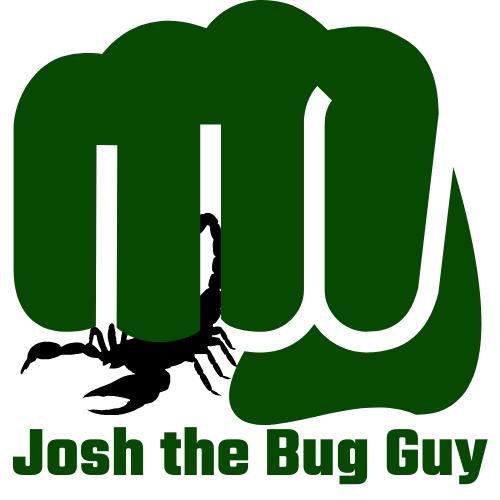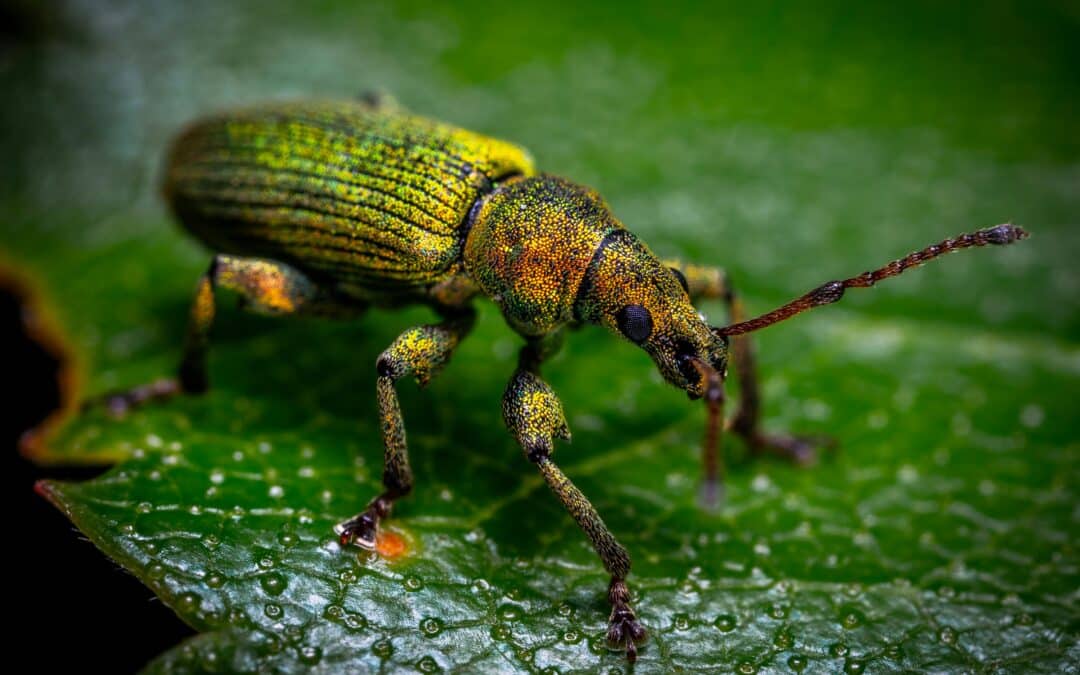If you’ve noticed irregular patches of yellowing or dying grass on your lawn, the culprit might be a tiny but destructive insect: the false chinch bug. These sap-sucking pests can quickly damage your turf, causing unsightly patches that refuse to recover even with proper watering. Despite their name, false chinch bugs (Nysius raphanus) are not actually related to the equally damaging true chinch bugs. However, both can wreak havoc on your carefully maintained lawn and require intervention and control.
This comprehensive guide will equip you with everything you need to know about false chinch bug identification, treatment, and prevention, ensuring a healthy and vibrant lawn for years to come.
Distinguishing False Chinch Bugs from True Chinch Bugs
Accurate identification is crucial before you can effectively implement control measures. Here’s a simple breakdown to help you identify the intruders in your lawn:
- False Chinch Bugs:
- Size: About 1/8 inch long
- Color: Grayish-brown with no distinctive markings
- Shape: Slender and elongated
- Wings: Adults have wings
- True Chinch Bugs:
- Size: About 1/5 inch long
- Color: Black body with white wings folded in an “X” pattern across the back.
- Nymphs: Bright red or orange with a white band across the abdomen.
- Shape: More oval-shaped than false chinch bugs.
Understanding False Chinch Bugs’ Behavior and Lifecycle
Familiarizing yourself with the false chinch bug’s habits and lifecycle makes control much more effective:
- Feeding: Both adult and nymphal false chinch bugs feed by piercing plant tissues and sucking out the sap. This depletes the plant of essential nutrients and water, leading to the characteristic yellowing and wilting.
- Reproduction: Female false chinch bugs lay tiny clusters of eggs on the stems and leaves of plants or on the soil surface. These eggs hatch into nymphs that resemble smaller versions of the adults.
- Migrations: False chinch bugs are infamous for their mass migrations. When their primary food sources like weeds or crops dry up, they move in search of new hosts, often invading nearby lawns in overwhelming numbers.
- Overwintering: False chinch bugs overwinter as adults, hiding in protected areas like leaf litter, under mulch, or in structures.
Recognizing Lawn Damage Caused by False Chinch Bugs
False chinch bugs inflict similar damage to your lawn as true chinch bugs. Keep a lookout for these tell-tale signs:
- Yellowing Patches: Initially, you’ll notice irregular patches of yellowing grass. As the damage progresses, these areas can turn brown and die.
- Drought-like Symptoms: Damaged areas often appear similar to drought stress, even if you’ve been watering your lawn adequately. The grass loses its vigor and wilts.
- Insect Presence: Parting the grass blades at the edge of the damaged areas and inspecting the soil closely, you might see large numbers of scurrying false chinch bugs.
How to Verify a False Chinch Bug Problem
If you suspect a false chinch bug infestation, try this simple test to confirm their presence:
- Soapy Water Flush: Mix a few tablespoons of dish soap in a gallon of water.
- Pour: Slowly pour the soapy water solution over a section of the damaged lawn.
- Watch and Wait: False chinch bugs dislike the soapy solution and will usually surface within a few minutes. (This method works for true chinch bugs as well).
Treatment Options for False Chinch Bug Infestations
Once you have a confirmed infestation, it’s time to take action to save your lawn. Here are the essential aspects of false chinch bug control:
- Insecticides: Various insecticide treatments can effectively eliminate false chinch bugs.
Look for products specifically labeled for chinch bug control. Common active ingredients include bifenthrin,carbaryl, or permethrin.
Carefully follow all label instructions and safety precautions when applying insecticides.
Note that most chinch bug insecticides are effective against both true and false chinch bugs. - Watering: Deep, thorough watering before and after insecticide application helps the treatment penetrate the thatch layer where the insects hide. It can also aid in grass recovery.
- Repeat Applications: You might need to reapply the insecticide after a week or two to target newly hatched nymphs. Check the product label for specific instructions.
Prevention: The Best Defense for Your Lawn
Prevention is often easier and more effective than treating an existing infestation. Here’s how to discourage false chinch bugs and promote a healthy lawn:
- Healthy Lawn Maintenance:
- Mow your lawn at the recommended height for your grass type. Avoid cutting it too short.
- Water deeply and infrequently to promote strong root growth.
- Follow proper fertilization practices for your region and grass type.
- A healthy, thick lawn is more resilient to insect attacks.
- Thatch Control: Dethatch your lawn regularly to prevent a buildup of thatch, a favorite hiding spot for chinch bugs and other lawn pests.
- Weed Management:
- False chinch bugs feast on cruciferous weeds like wild mustard, tumble mustard, or shepherd’s purse.
- Control these weeds in and around your lawn to reduce their primary food source and make your property less attractive to them.
- Physical Barriers:
- During periods of peak false chinch bug migration, consider creating a temporary barrier around your lawn with an insecticide. This can help deter massive numbers from invading your turf.
- Diatomaceous earth, a natural powder, can create a physical barrier that insects find difficult to cross, helping to protect vulnerable areas.
- Beneficial Insects: Encourage natural predators like ladybugs, lacewings, and parasitic wasps, which help to control chinch bugs populations organically.
- Avoid broad-spectrum insecticides which can harm beneficial insects as well.
Important Considerations for False Chinch Bug Control
- Timing Matters: For best results, apply insecticides in the late afternoon or early evening, when chinch bugs are most active.
- Wide Area Treatment: Treating just the damaged patches of your lawn might not be enough. False chinch bugs can quickly move from an infested area to other parts of your yard, so consider treating a wider perimeter.
- Safety First:
- Always wear protective clothing, including gloves, long sleeves, and a mask, when applying pesticides.
- Keep children and pets off the treated area until the insecticide is completely dry.
- Store pesticides safely out of reach of children and pets.
Professional Assistance for Severe Infestations
If the infestation is severe or you’re uncomfortable handling insecticides yourself, consult a professional pest control company. They can accurately assess the situation, identify the pest, and recommend the most effective and targeted treatment options.

